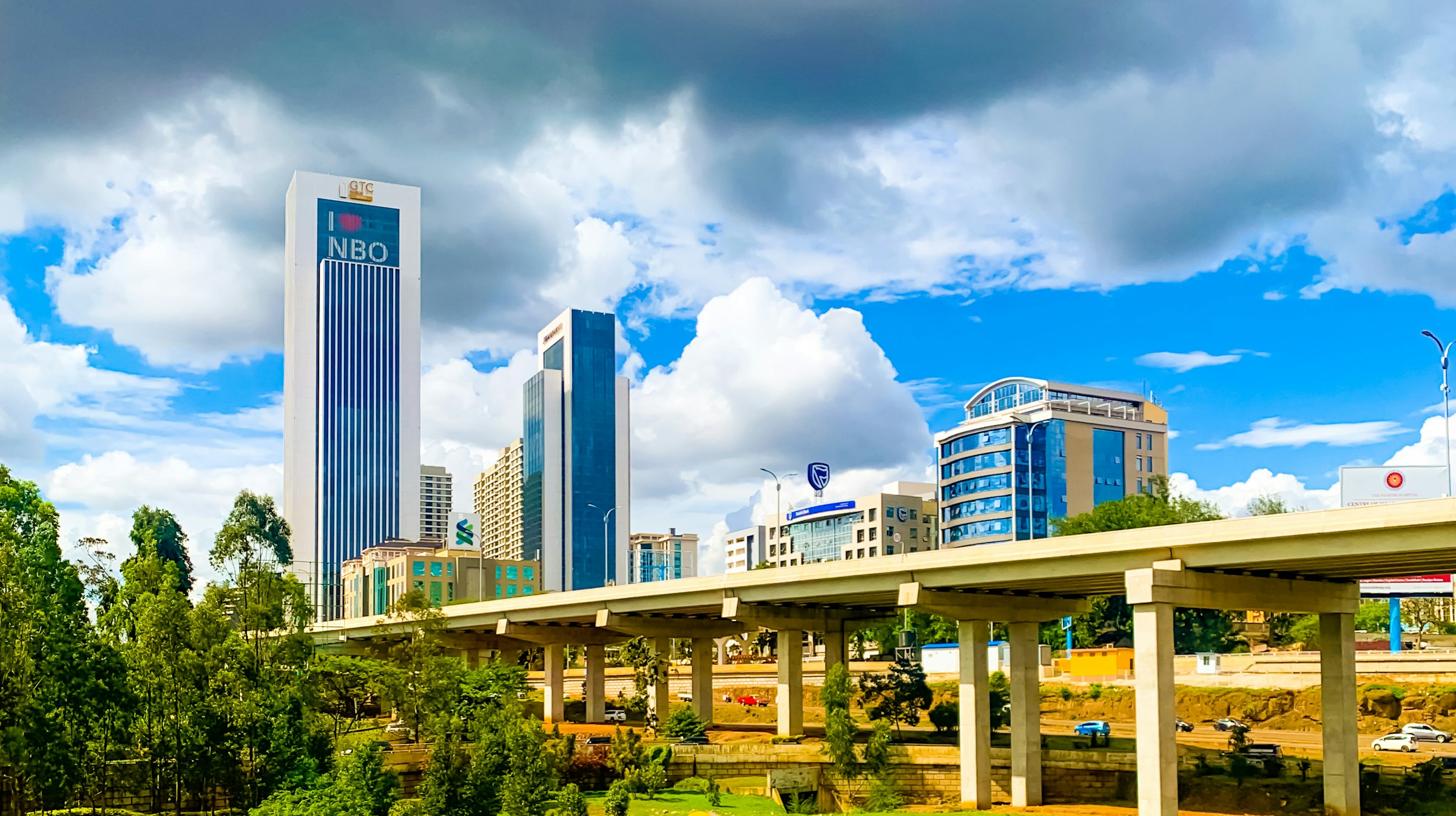Nairobi, Kenya’s vibrant capital, is a city where modernity meets history, a place that embodies resilience, transformation, and diversity.
From its humble beginnings as a malarial swampland to becoming a bustling global hub, the story of Nairobi is as fascinating as it is inspiring.
Let’s delve into the history of this remarkable city, tracing its roots and exploring the pivotal moments that have shaped it into the jewel of East Africa.
1. The Pre-Colonial Era: The Lands of the Maasai.
Long before Nairobi became a city, the area was home to the Maasai community, a semi-nomadic ethnic group renowned for their cattle herding and warrior traditions.
The name “Nairobi” is derived from the Maasai phrase Enkare Nairobi, meaning “the place of cool waters,” a reference to the streams and springs that dotted the landscape.
These waters attracted the Maasai and other communities, who valued the area for its fertile lands and abundant resources.
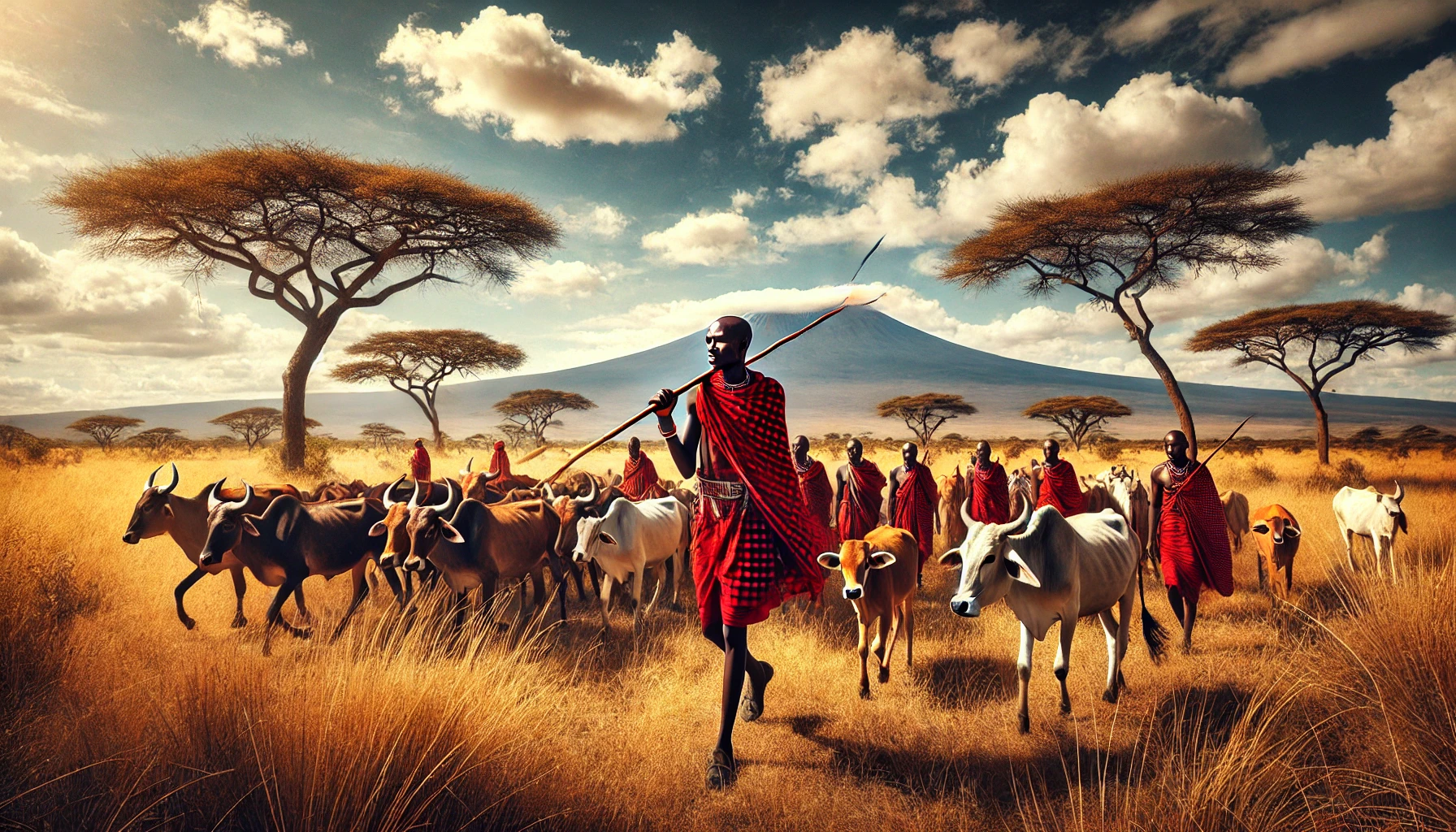
2. Colonial Beginnings: The Arrival of the Railway.
Nairobi’s transformation began in the late 19th century during the construction of the Uganda Railway by the British colonial administration.
In 1899, a railway depot was established in what was then an uninhabited swampy area.
This location was chosen as a halfway point between Mombasa and Kisumu due to its strategic position and relatively flat terrain.
What started as a simple supply depot quickly grew into a tented camp for railway workers.
However, the swampy conditions brought challenges, including malaria outbreaks.
Despite these hardships, the railway’s progress turned Nairobi into a magnet for traders, workers, and settlers, sparking its transformation into a small but vital settlement.
3. Growth into a Colonial Administrative Center.
In 1907, Nairobi’s significance grew further when it was declared the capital of the British East Africa Protectorate, replacing Mombasa.
This decision marked the city’s transition from a railway outpost to an administrative hub.
The colonial government developed infrastructure, including roads, government buildings, and residential areas for European settlers.
Nairobi’s layout during this period reflected colonial racial segregation policies, with distinct zones for Europeans, Asians (primarily Indian railway workers and traders), and Africans.
Despite the disparities, the city’s diverse population began to shape its unique multicultural identity.
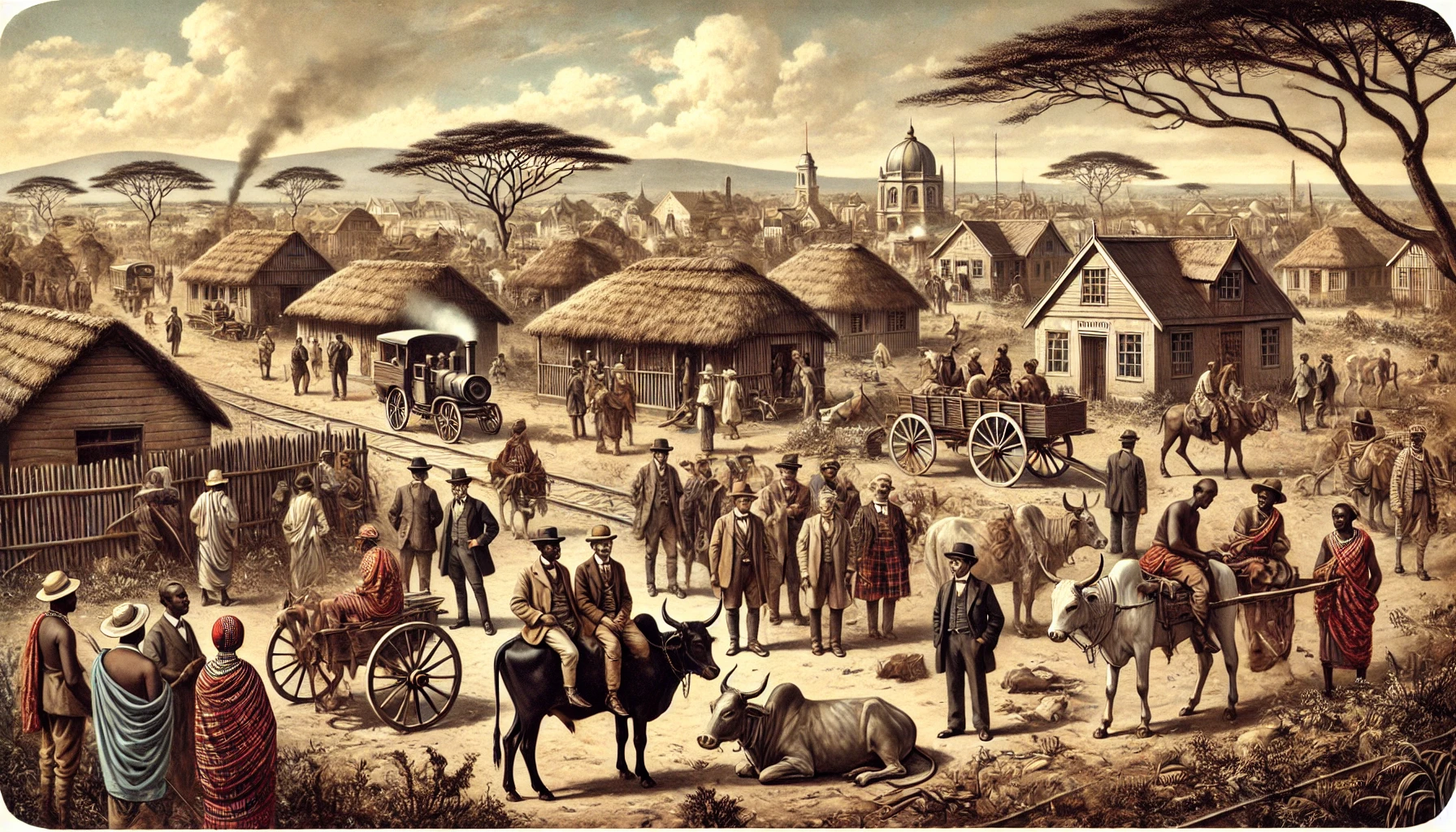
4. Nairobi and the Fight for Independence.
By the mid-20th century, Nairobi had become the epicenter of Kenya’s independence movement.
The city was home to political leaders, activists, and organizations that fought for liberation from colonial rule.
Jomo Kenyatta, who would later become Kenya’s first president, was among the prominent figures who used Nairobi as a base for mobilizing support.
The Mau Mau Uprising (1952-1960), a key chapter in Kenya’s struggle for independence, saw Nairobi as both a battleground and a hub for resistance.
The city’s African population endured harsh treatment during the crackdown on the movement, yet their resilience and determination paved the way for Kenya’s eventual independence in 1963.
5. Post-Independence Expansion and Challenges.
With independence, Nairobi blossomed into a symbol of Kenyan sovereignty and progress.
It became a center for politics, education, and commerce, attracting people from across the country and beyond.
The establishment of institutions like the University of Nairobi and the growth of industries fueled the city’s expansion.
However, rapid urbanization brought challenges.
By the 1970s and 1980s, Nairobi faced issues such as overcrowding, informal settlements, and strained infrastructure.
Despite these hurdles, the city continued to grow, driven by its entrepreneurial spirit and strategic position as East Africa’s economic hub.
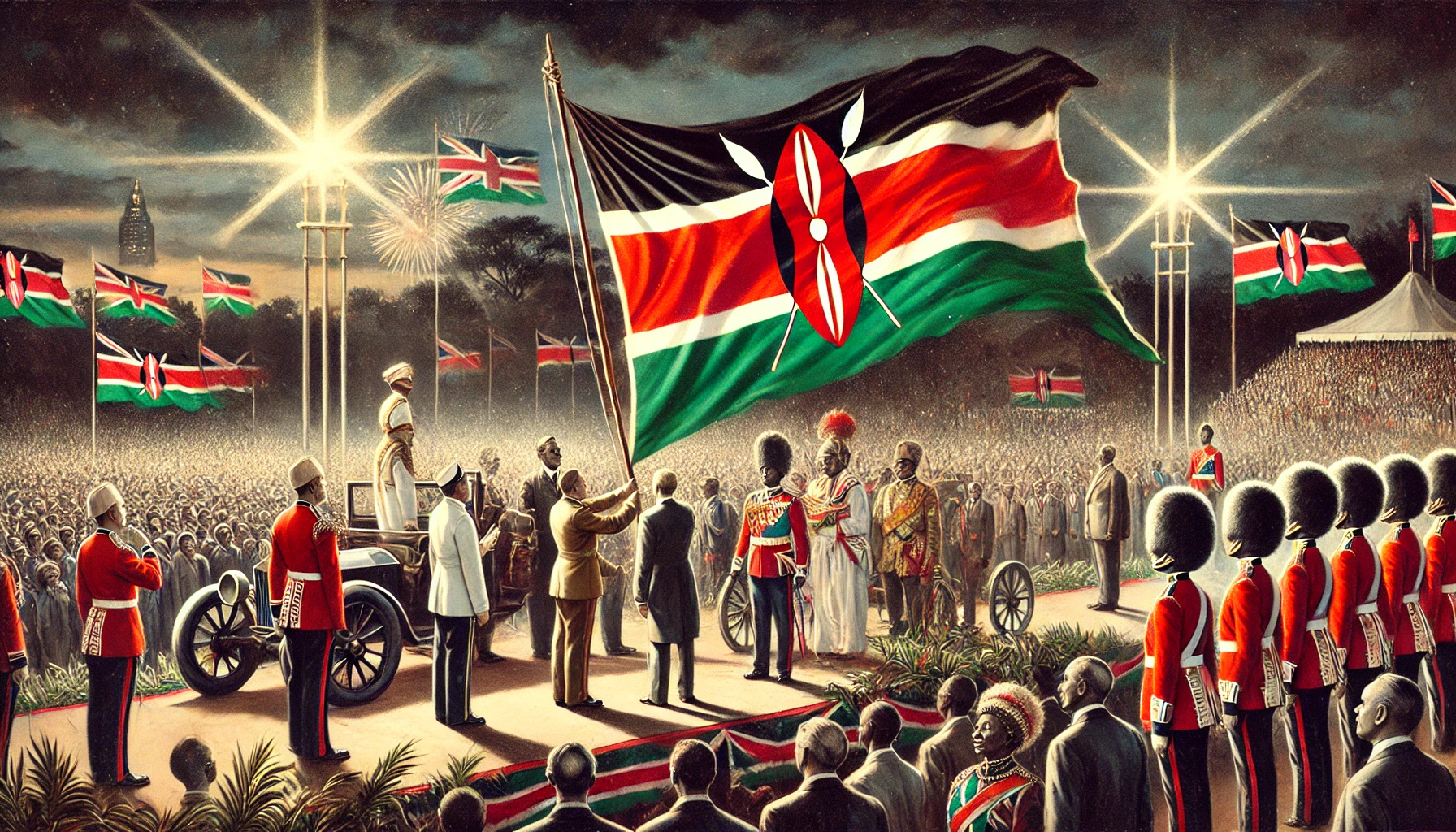
6. Nairobi in the Global Spotlight.
Today, Nairobi is a city of global significance. It is home to numerous international organizations, including the United Nations Environment Programme (UNEP) and the UN’s African headquarters.
The city’s Jomo Kenyatta International Airport serves as a gateway to Africa, connecting Nairobi to the world.
Nairobi’s skyline, adorned with modern skyscrapers like the Britam Tower and the GTC, stands as a testament to its economic progress.
Meanwhile, the Nairobi National Park, located just minutes from the city center, offers a unique juxtaposition of urban life and wildlife conservation.
7. Nairobi’s Cultural and Artistic Renaissance.
Beyond its economic and political achievements, Nairobi is a cultural powerhouse.
The city is a hub for music, art, and literature, with events like the Nairobi Film Festival and platforms such as the National Museum showcasing its rich heritage.
Nairobi’s streets pulse with the rhythms of Benga, Afrobeat, and Gengetone, while its artists capture the spirit of the city in murals and installations.
The city’s food scene reflects its multicultural roots, offering everything from traditional Kenyan dishes like nyama choma to international cuisines.
Neighborhoods like Westlands and Kilimani are buzzing with restaurants, cafes, and nightlife spots that cater to locals and visitors alike.
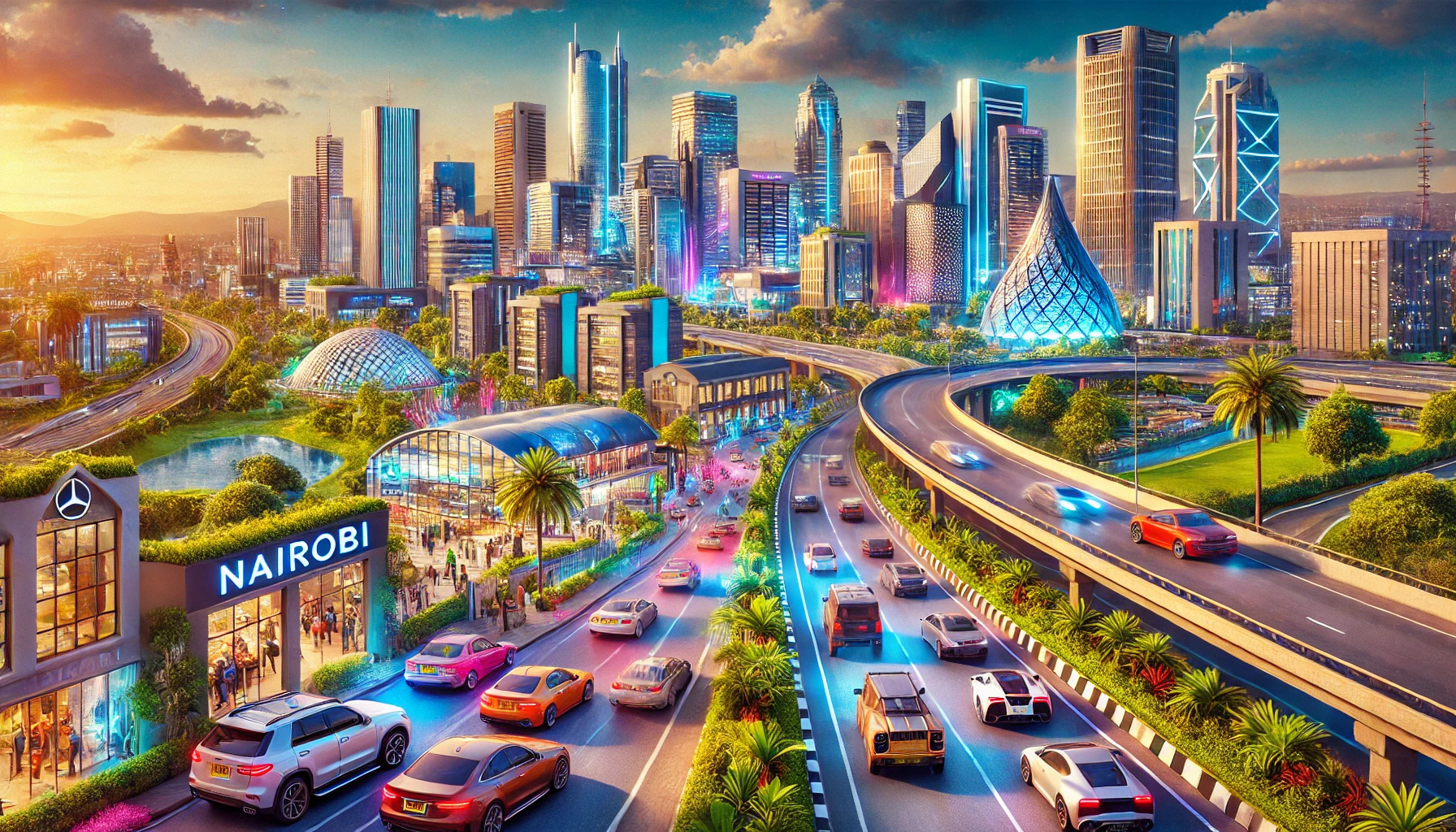
8. The Challenges of a Modern Metropolis.
Like any major city, Nairobi faces its share of challenges.
Traffic congestion, environmental concerns, and social inequality are pressing issues that demand innovative solutions.
Nevertheless, the city’s leadership and citizens are working towards sustainable development, embracing green energy, urban renewal projects, and community initiatives.
9. Nairobi’s Promise for the Future.
As Nairobi looks to the future, it remains a city of immense potential. Investments in technology, real estate, and infrastructure are driving growth, while initiatives like the Konza Technopolis aim to position Nairobi as a leader in innovation.
The city’s youthful population is a source of creativity and dynamism, ensuring that Nairobi continues to thrive as a beacon of opportunity in Africa.

Conclusion.
Nairobi’s history is a tale of transformation—from a swampy railway depot to a global metropolis.
Its journey reflects the resilience and ingenuity of its people, who have shaped it into a city that bridges the past and the future.
Whether you’re exploring its vibrant markets, enjoying its cultural festivals, or marveling at its wildlife, Nairobi invites you to discover its rich tapestry of history and experience its boundless energy.
The story of Nairobi is far from over.
As the city continues to grow and evolve, it stands as a testament to the power of change, diversity, and vision.
For those who visit or call it home, Nairobi remains a place of endless possibilities—truly the “place of cool waters” in every sense of the word.



